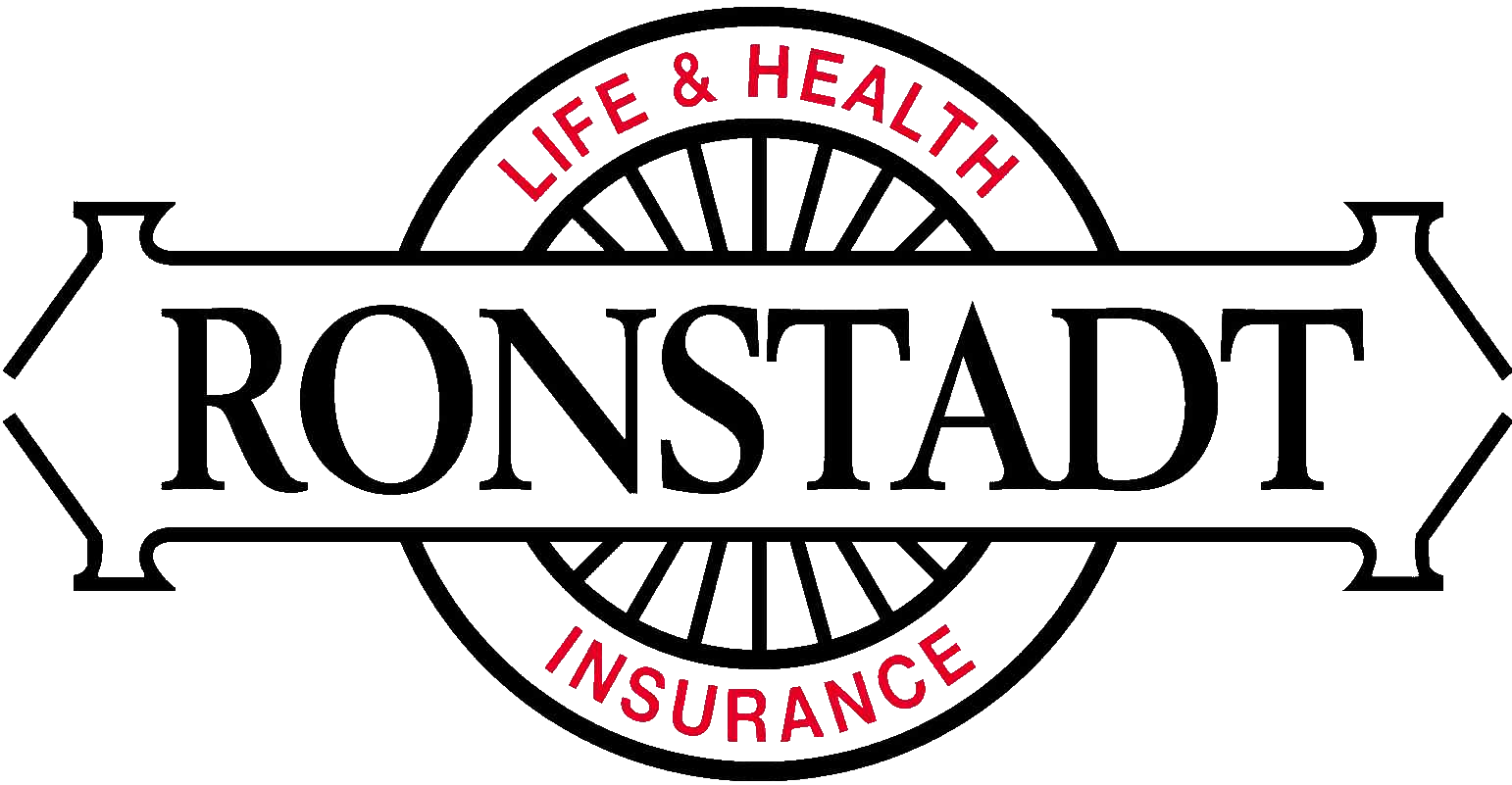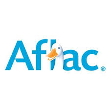IRS Announces 2014 HSA and HDHP Limits
 The Internal Revenue Service (IRS) has announced the 2014 contribution limits, deductible minimums and out-of-pocket maximums for health savings accounts (HSAs) and high-deductible health plans (HDHPs).
The Internal Revenue Service (IRS) has announced the 2014 contribution limits, deductible minimums and out-of-pocket maximums for health savings accounts (HSAs) and high-deductible health plans (HDHPs).
- An HDHP must have a deductible of at least $1,250 for individual coverage and at least $2,500 for family coverage (including a minimum $2,500 embedded individual deductible under family coverage) to qualify an individual to contribute to an HSA. These minimum deductibles are unchanged from 2013.
- Out-of-pocket maximums for an HSA-qualifying HDHP in 2014 are $6,350 for individual coverage and $12,700 for family coverage. These are increased from $6,250 for individual coverage and $12,500 for family coverage in 2013.
- Contribution limits for HSAs will be $3,300 for individual coverage and $6,550 for family coverage in 2014. These are increased from 2013’s limits of $3,250 for individual coverage and $6,450 for family coverage. The annual “catch-up” contribution amount for individuals age 55 or older will remain $1,000.

















